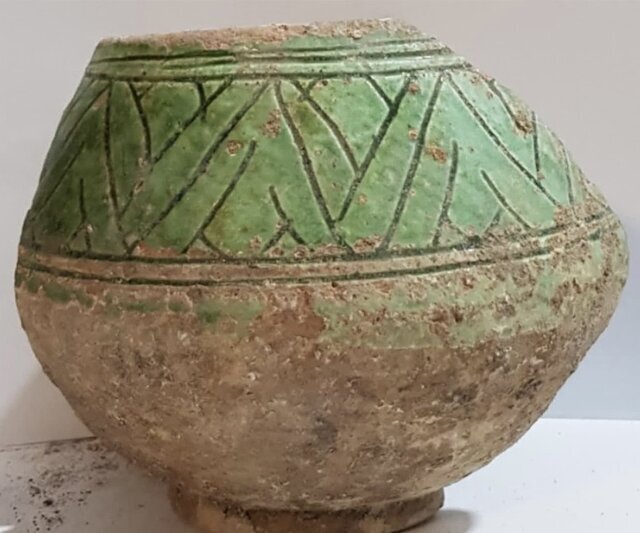Archaeologists unearth clues to ancient city in northwest Iran

TEHRAN – An archaeological team from Tabriz Islamic Art University has recently uncovered evidence of a historical city in East Azarbaijan province, northwest Iran.
According to a statement issued by the Ministry of Cultural Heritage, Tourism, and Handicrafts, the team has revealed clues to the ancient city of Khonaj, situated near Aq-Kand in the Mianeh region, ISNA reported on Monday.
The team, led by the archaeologist Mehdi Kazempour, began their work in November 2024, discovering artifacts and structures that point to Khonaj's significance as a Silk Road hub and a gateway to the Azarbaijan region, the report said.
Among the findings are remnants of architectural spaces and decorations, coins from the Atabegs of Azarbaijan, and a diverse collection of Islamic ceramics, including lusterware, and cobalt-glazed pottery.
The team also discovered fragments of glass and kiln-related equipment, providing a glimpse into the city's craftsmanship and trade.
Kazempour emphasized Khonaj’s historical importance as a central Silk Road junction and its role as a settlement for key historical figures like Alp Arslan (the second sultan of the Seljuk Empire) and the Saadlu family.
"This city served as a gateway to Azarbaijan, making it a pivotal point for trade and cultural exchange," the archaeologist said.
This excavation marks the first formal archaeological mission by Tabriz Islamic Art University and opens new avenues for understanding the history and culture of the region. The findings shed light on the region's rich heritage and offer a fresh perspective for future research.
The discovery has been hailed as a significant step toward unveiling the secrets of Azarbaijan’s past, with the potential to deepen knowledge of its role in the broader historical and cultural landscape of the Silk Road era.
AM
